Using Design & Technology To Add Cultural Capital To The Primary Classroom
Written by Kapow Primary
Published on 25th May 2023
Last Updated: 4th July 2024
Written by Kapow Primary
Published on 25th May 2023
Last Updated: 4th July 2024
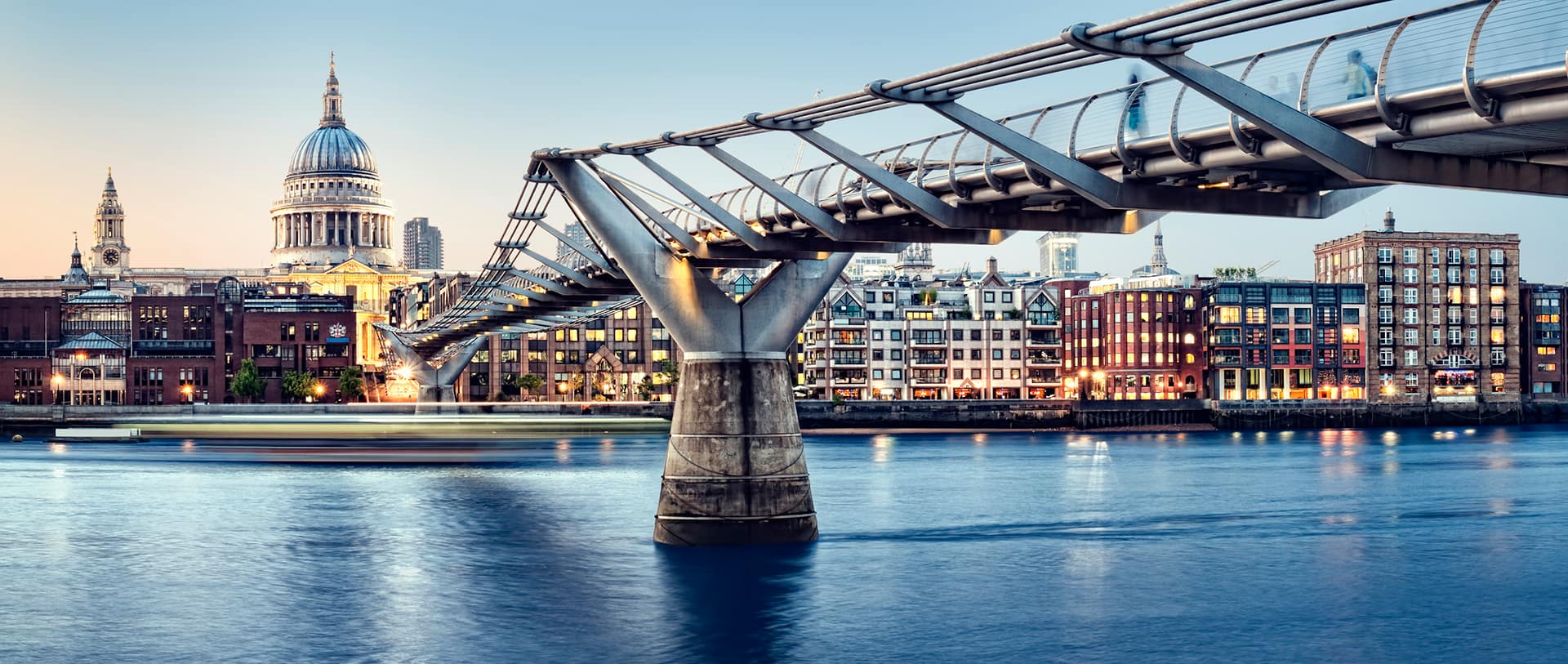
By introducing cultural capital in Design and technology, children are exposed to the work of great designers, creating intrigue and curiosity around design. Pupils develop a deeper understanding of the design process and what constitutes design.
Cultural capital in primary schools refers to the knowledge, skills, experiences and attitudes children acquire from their cultural backgrounds and wider society. Some pupils may have more advantages or opportunities than others due to their backgrounds or cultural upbringing. Building cultural capital into primary school lessons is one way to redress this balance.
The Kapow Primary Design and technology scheme of work is organised into the following key areas:
*Key stage 2 Design and technology only
Our Design and technology scheme includes opportunities for children to extend their cultural capital in relation to each of the key themes. Using our teaching resources, they learn about different designers and inventors. This increases children’s knowledge, deepens their thinking around design and may open up insight into different career pathways.
Children who follow our Design and technology scheme in Year 2 learn about different food groups and how to balance them healthily. They are presented with a design brief for a wrap inspired by the broadcaster and chef Jamie Oliver and find out about his work on improving school lunches, health and nutrition.
Including information about Jamie Oliver adds context to the design brief. The lesson content expands cultural capital, as it is a starting point for pupils to research Jamie Oliver and other famous chefs. Some children may become interested in cooking and nutrition or develop ambitions to become a chef after hearing Jamie Oliver’s story.

Year 2 children are given a design brief to create a healthy wrap.
There are cross-curricular links to PSHE, where children learn about healthy eating in more detail. This lesson might prompt pupils to reflect upon their own lunches and will give them some of the necessary tools to determine if they are healthy. Cooking is one of the great expressions of human creativity, and learning to cook will extend pupils’ cultural capital.
In Year 1, children look at how car designs have changed. They learn about Henry Ford, how he revolutionised manufacturing methods to make cars affordable for everyone, and how this changed the world.
Cars are familiar to children, but this unit develops cultural capital by increasing their knowledge and encouraging more profound thinking about how the design and manufacturing process shaped the modern world.
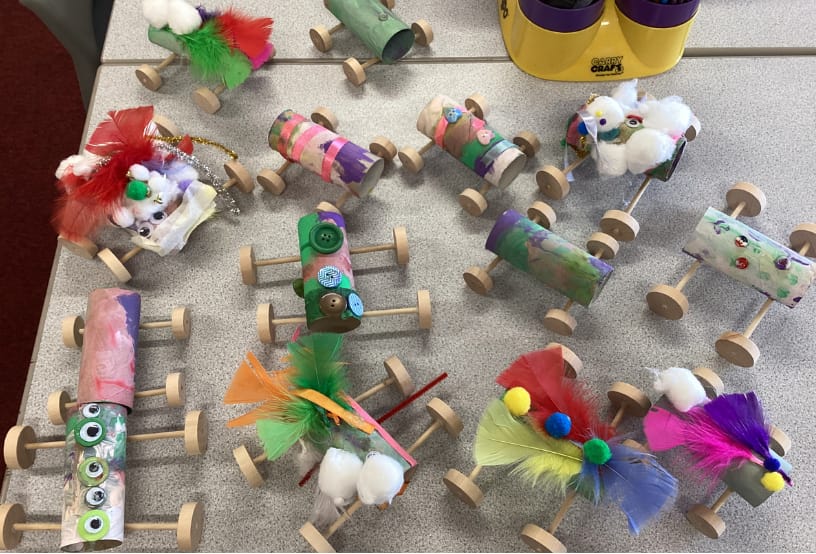
Vehicles made by Year 1 pupils from Roby Park Primary School.
Learning about Henry Ford adds authenticity to the concept of designing a car, as children will understand that this is a job done in real life by real people for a specific purpose. This unit may inspire pupils to discover where and how cars are manufactured now.
One approach to teaching Design and technology in primary schools is to use a production line, like the one Henry Ford developed to manufacture cars. Teaching Design and technology in this way saves time and resources and promotes teamwork.
Our Design and technology lesson plans for reception and Year 5 feature lessons about structures that implement cultural capital.
In the unit on boats, children in reception learn about the British-designed ocean liner and cruise ship Queen Mary 2 and its lead designer, Stephen Payne. This introduces them to the concept of design and justifies why they must design their boats before making them. This lesson extends cultural capital, as children gain insight into the design process by visualising a historically significant ship and its designer.

Children in Reception learn about Queen Mary 2 and her designer, Stephen Payne.
Year 5 pupils use their knowledge of bridges to reflect upon a famous design problem: the London Millennium Footbridge. They learn how it wobbled when it opened and deliberate about why and how they might fix it.
Learning about structural design problems demonstrates to children that even professionals can’t always foresee design issues; it emphasises the importance of design evaluation and improving the design process.
Children develop cultural capital by learning about a significant London landmark and its designers. Following this, children may research other famous bridges and consider why they have been designed in a particular way. The case study of the Millennium footbridge demonstrates the design cycle in a real-life context and shows how it shapes how we think and solve problems.
Year 6 pupils are presented with work by the British designers Vivienne Westwood, Stella McCartney and Burberry to open their Design and technology textiles unit.
Children learn about how each designer has their own unique selling point (USP) and brand values, which are represented throughout all their designs; Vivienne Westwood was hugely influential in punk style; Stella McCartney is a vegetarian who refuses to work with fur or leather; and Burberry uses signature patterns.
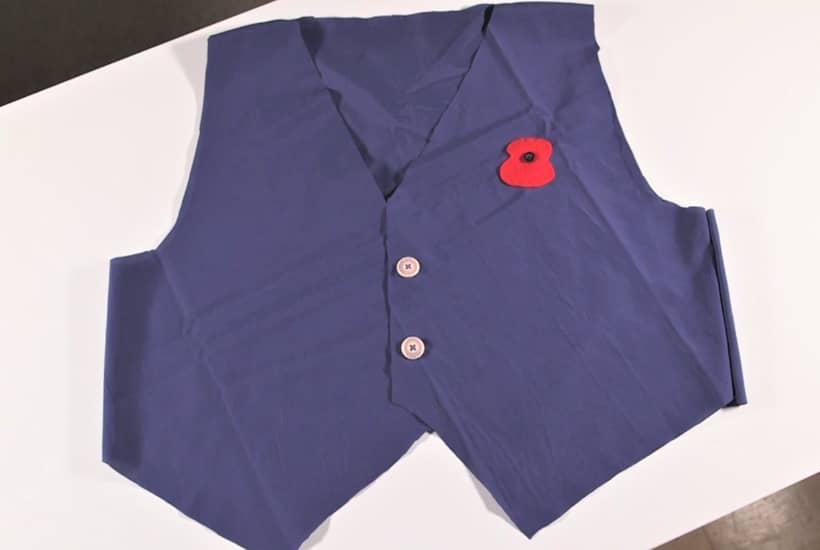
Year 6 pupils design and make a waistcoat after learning about well-known British fashion designers.
Learning about fashion designers develops cultural capital as children acquire knowledge and awareness of fashion design and designers; developing an appreciation of human creativity and achievement. By exploring renowned fashion designers, such as Burberry, with its recognisable colours and patterns, children begin to appreciate the distinctiveness that sets brands apart. This allows them to draw inspiration from the fashion industry for their own waistcoat designs.
Our Year 4 electrical systems unit on torches provides information about the inventors of the light bulb and a structured discussion about evaluating and improving designs.
Children are asked to reason about the credit that goes to inventors when multiple inventors work on the same design concept. Thomas Edison is widely credited for inventing the lightbulb, but Dr John Clayton, Sir Joseph Swan and Lewis Latimer also played an important role in designing and improving the invention.
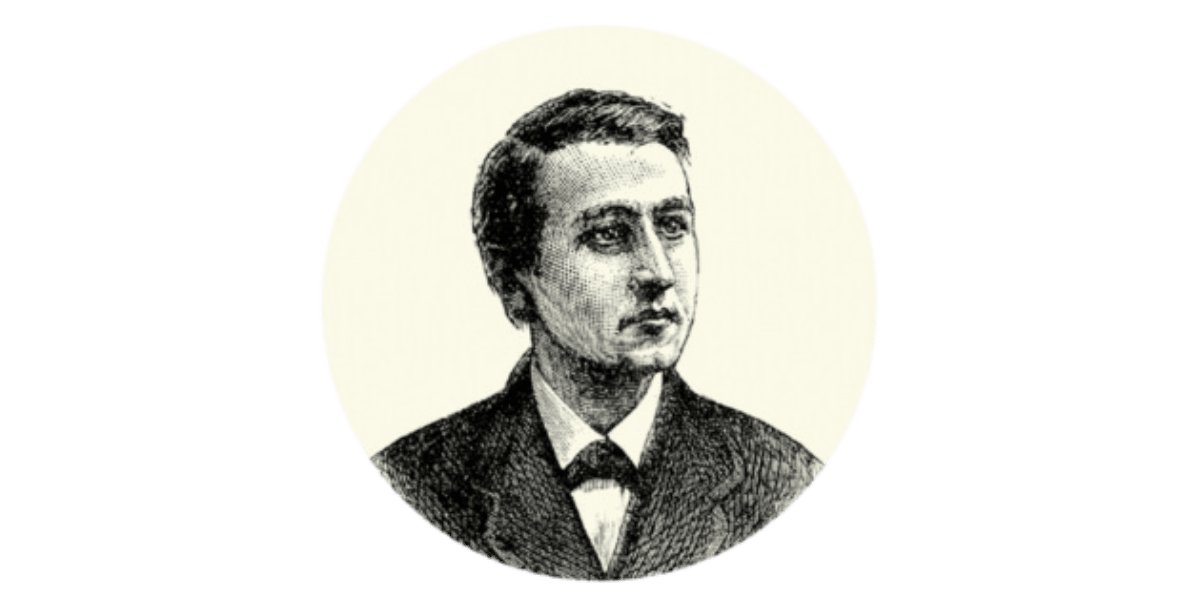
Thomas Edison was one of the inventors of the lightbulb.
Pupils can understand how different inventors improve each other’s designs and relate this to the classroom, where they can peer review each other’s work.
Children build cultural capital by learning key facts and names and by considering challenges in bringing new and complex designs to fruition.
The digital revolution is an important event in Design and technology, which pupils start learning about in Year 3. They learn that, due to advancements in technology, we have gone from using mechanical and analogue electronics to digital technologies.
Children evaluate wearable technology, considering how designs have evolved and adapted to changing times. Pupils will already be familiar with some of the issues around wearable technology and are encouraged to consider other possible problems. They may also contemplate the difficulties people faced in the past with older versions of the same inventions and how they have since improved.
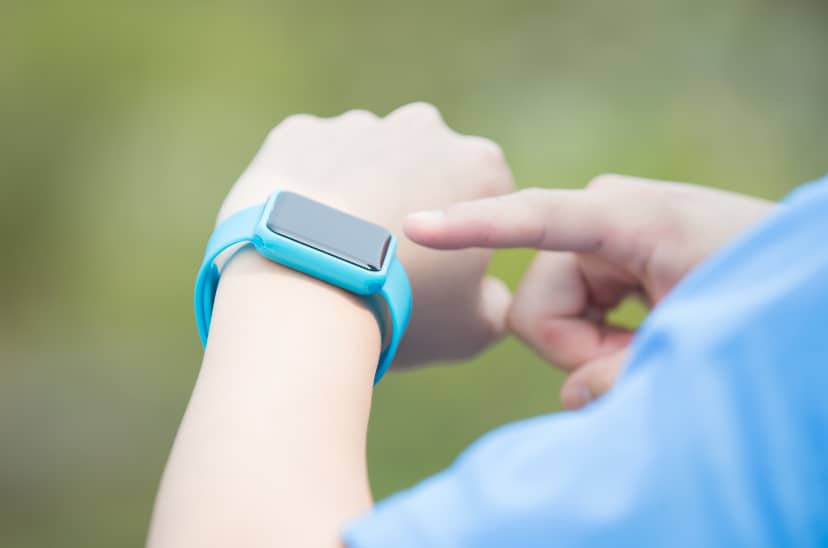
Children are familiar with modern wearable technology, such as smartwatches.
Regarding cultural capital, the digital revolution is vital for children today, as they are essentially part of it. It can be challenging for pupils to comprehend the speed at which digital technology has developed and how recently it has all happened.
Design and Technology offers valuable real-world context for subjects like Maths and English. By encouraging creativity, it allows children to explore and appreciate human creativity firsthand. A well-structured D&T curriculum provides unique experiences and opportunities that cannot be easily replicated elsewhere in the curriculum or outside of school.
Integrating opportunities to develop cultural capital into primary school Design and technology makes lessons more relevant. Pupils learn about real design examples, gain valuable insight into the need for testing and evaluation and understand more about the significant names and stories behind the designs.
Cultural capital is not just about knowledge acquisition; it’s about providing information to spark curiosity and maybe even ignite future ambition in a young mind. It encourages children to think more deeply about the world around them; for example, to ask who designed their trousers or how car gears work.